Washington pushes China out of the internet
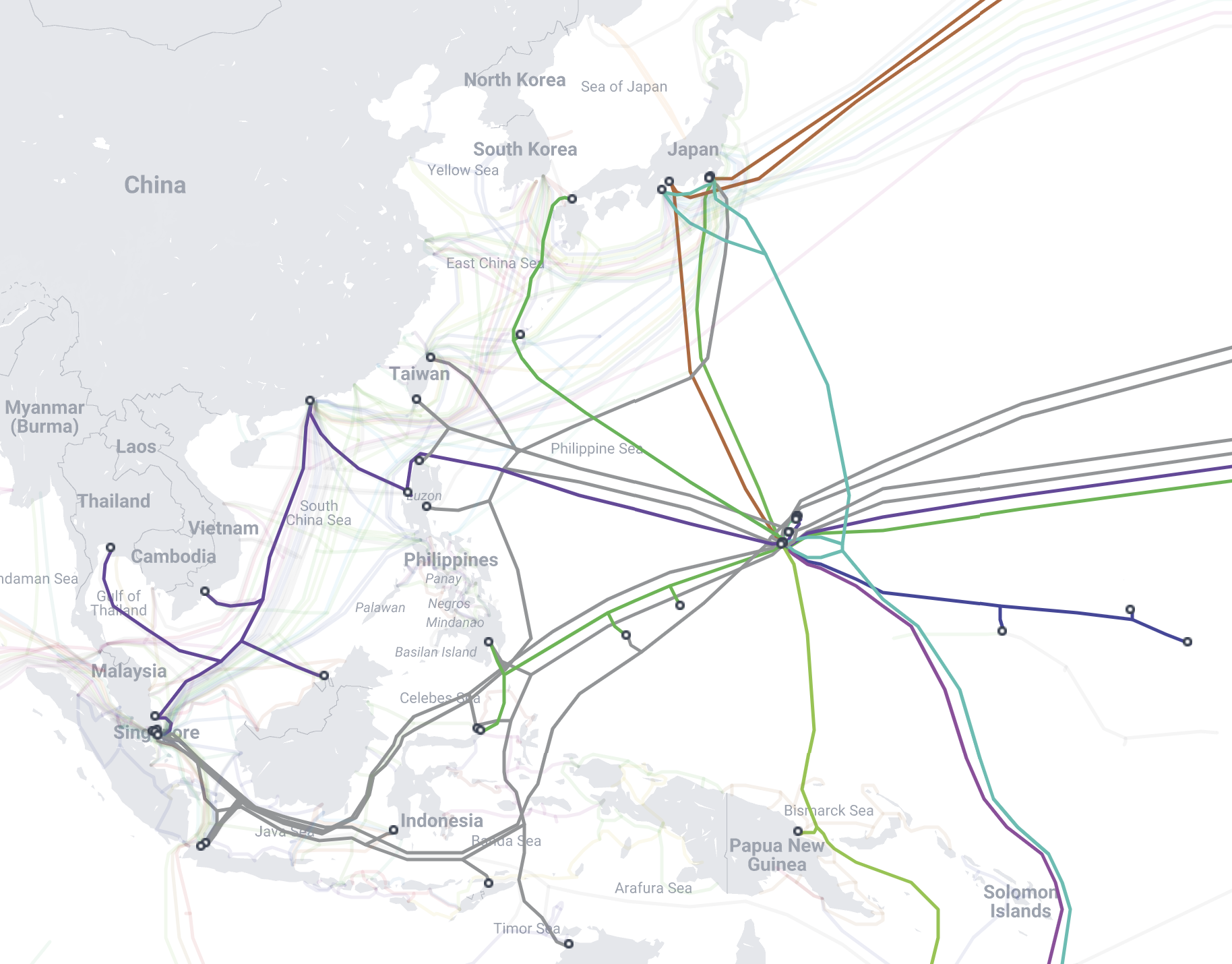
This is a cable landing station in Marseille, France. From the outside, it appears nondescript. But inside, it connects to a vast data network comprising 95 per cent of the world’s overseas internet traffic. As of 2021, the Marseille-Fos facility connects to sixteen major undersea cables,[1] serving areas as diverse as Hong Kong, Singapore, India, Oman, Egypt, Greece,[2] Britain, Portugal, Nigeria, and South Africa.[3]

Figure 1: Port of Marseille-Fos Submarine Cable Landing (source: Qiu [1/3/21])
Worldwide, there are 1400 landing sites like Marseille-Fos connecting some five hundred active and planned cables. In toto, the network spans 1.4 million kilometres,[4] roughly the sun’s diameter.[5]

Figure 2: : Undersea view of Marseille-Fos landing (source: Qiu [1/3/21])
Everything from Netflix programs to YouTube videos, top-secret diplomatic cables, military orders, and up to USD 10 trillion in daily financial transactions passes through this network.[6] Thus, the supply, installation, and maintenance of cable infrastructure is a geopolitical imperative for any great power.
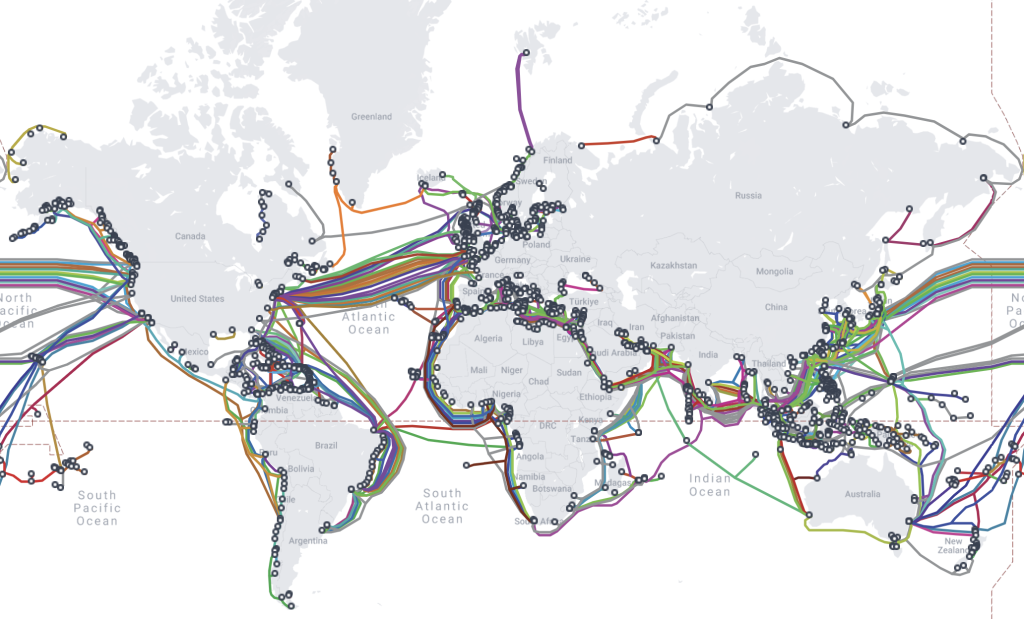
Figure 3: Global cable infrastructure.[7]
To this end, states like China and the United States are leveraging every instrument of statecraft at their disposal to wrest control. From military power to intelligence gathering, economic warfare, and domestic and international law, nothing is off the table. Because when a deal has to be made, it’s better to make an offer that can’t be refused.[8]
The information pipeline
In June 2017, Australia’s foreign intelligence chief, Nick Warner, flew to Honiara, Solomon Islands.[9] Since 2003, Canberra had occupied the country under the post-9/11 rationale that it was a ‘failed state’ needing stabilisation.[10] Australian security personnel took over policing and other crucial government functions. Warner had previously led that intervention. And with Australia’s mission closing down, he now sought to wrap up one final order of business. [11]

Figure 4: Honiara-Sydney Cable.[12]
Upon arrival, Warner met with Solomons’ Prime Minister, Manasseh Sogovare, to discuss a new 4500-kilometre fibre-optic cable connecting Honiara to Sydney. The project was seen as a vital development initiative. And it had initially attracted Western support, including backing from the Asian Development Bank.[13]
But the plan hit a snag when Sogavare awarded the contract Huawei Marine,a Chinese firm. This provoked anxiety in Canberra.[14] In 2013, the Edward Snowden leaks revealed American hardware, similar to Huawei’s, was being rigged to transmit surveillance data to the NSA. Now, Western intelligence agencies were worried Beijing would do the same thing.[15]
Not long after meeting with Warner, Sogavare was deposed in a no-confidence vote amid allegations of corruption and bribery, which were strenuously denied.[16]
Upon returning to the premiership in 2019, Sogavare sought closer security ties with Beijing.[17] But not before his replacement, former World Bank official Rick Hou, dropped Huawei as contractor,[18] allowing Australia to step in and take control.[19] Though soon forgotten, the incident was an early shot in a war over the world’s data infrastructure.
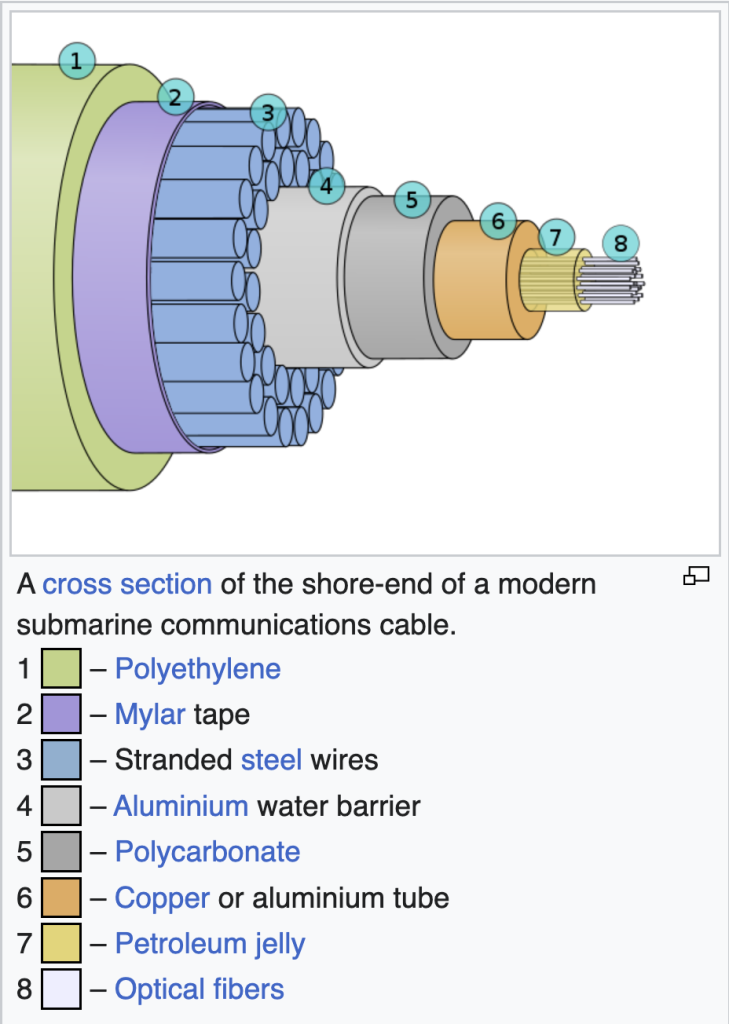
Figure 5: Subsea cable anatomy.
Subsea cables’ vulnerability stems from their design. Roughly the thickness of a garden hose, the innermost layer contains hair-like optical fibres. Lasers fire signals through the fibres to receptors on the other end. The cable’s remaining mass consists of insulation, waterproofing, and protective armour, composed mostly of copper, steel, and plastic.[20]
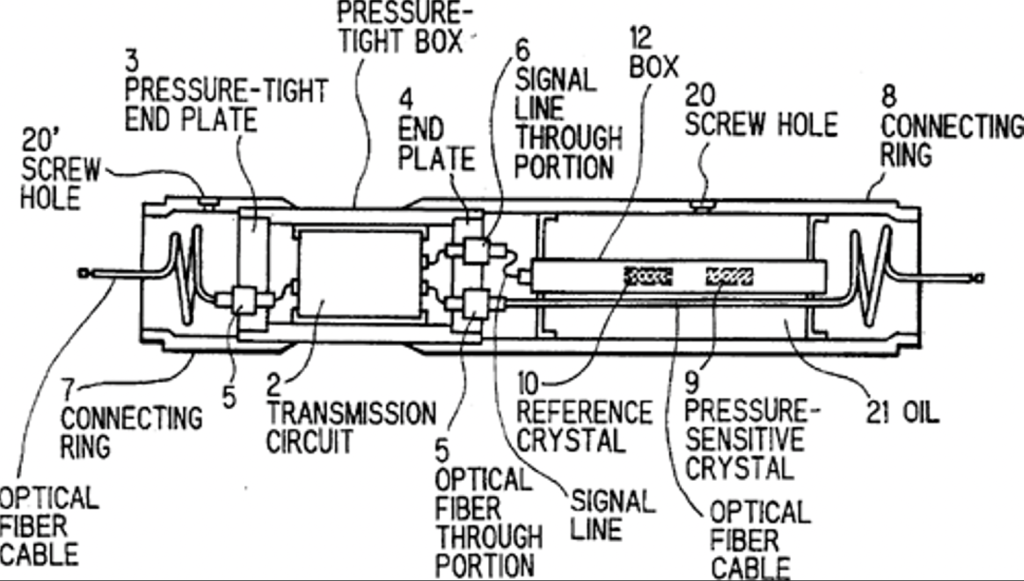
Figure 6: Submarine cable repeater.
But every seventy kilometres, the signal needs boosting. This entails the use of ‘repeater’ devices. Some experts claim repeaters can be rigged for surveillance during manufacturing or maintenance.[21] Others claim the cables can easily be monitored at coastal landing stations, presenting a ‘surveillance gold mine’ for spy agencies.[22] The upshot is that every new cable is a geopolitical gambit. New connections forge and strengthen security ties. Exclusion cuts a state out of the loop.
The network effect
The stakes weren’t always so high. In earlier times, data cables were often financed by state enterprises. In the 2000s, this environment allowed Chinese telecom companies to make inroads.[23] Private firms, like Huawei,[24] also benefitted from industrial policies granting extensive financial assistance and tax breaks.[25] This allowed them to gain a foothold by supplying under-served markets like Papua New Guinea and the Caribbean. And by the 2010s, Chinese contractors had carved out their own niche in the cable business.[26]
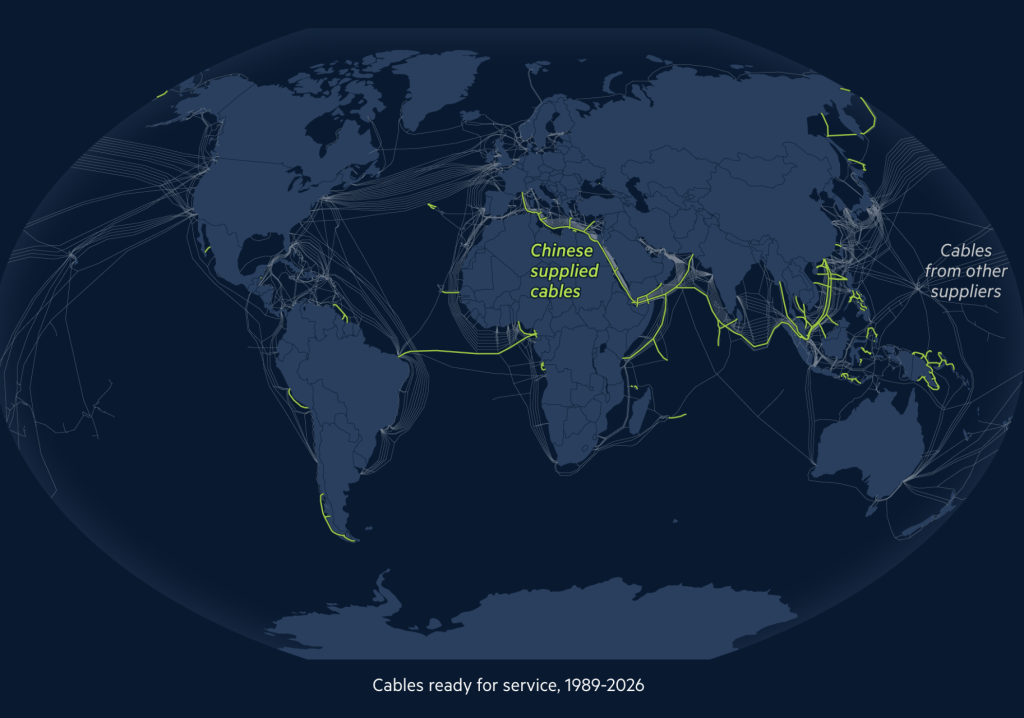
Figure 7: Chinese-supplied cables (FT).
In 2015, Beijing announced a plan to expand its network via a ‘Digital Silk Road’, to complement its Belt and Road Initiative. To this end, in 2017, Huawei established a joint venture with British company Global Marine, called Huawei Marine, which, by 2019, had captured roughly 15 per cent of the global market.[27]
It was at this point, though, that Washington began circling the wagons. As the Trump Administration escalated its rhetoric against Beijing, Chinese cable suppliers saw contract offers dry up.
Subsea cables, by their nature, erase the public-private distinction. Not only did Washington want to tighten its grip on the network. It also sought to secure the interests of American firms, whose interests were in lockstep with its own.
Once in place, cable operators can sell bandwidth, charge user fees, or lease capacity to tech companies, ISPs, and other firms,[28] often for several decades at a time.[29]
Cables connecting to developing countries can also crack open new markets. And this can help broaden the reach of American tech giants,[30] along with the American state’s surveillance capabilities. For this reason, governments are often prepared to absorb the high startup costs of developing new cables to ensure their own companies gain control.[31]
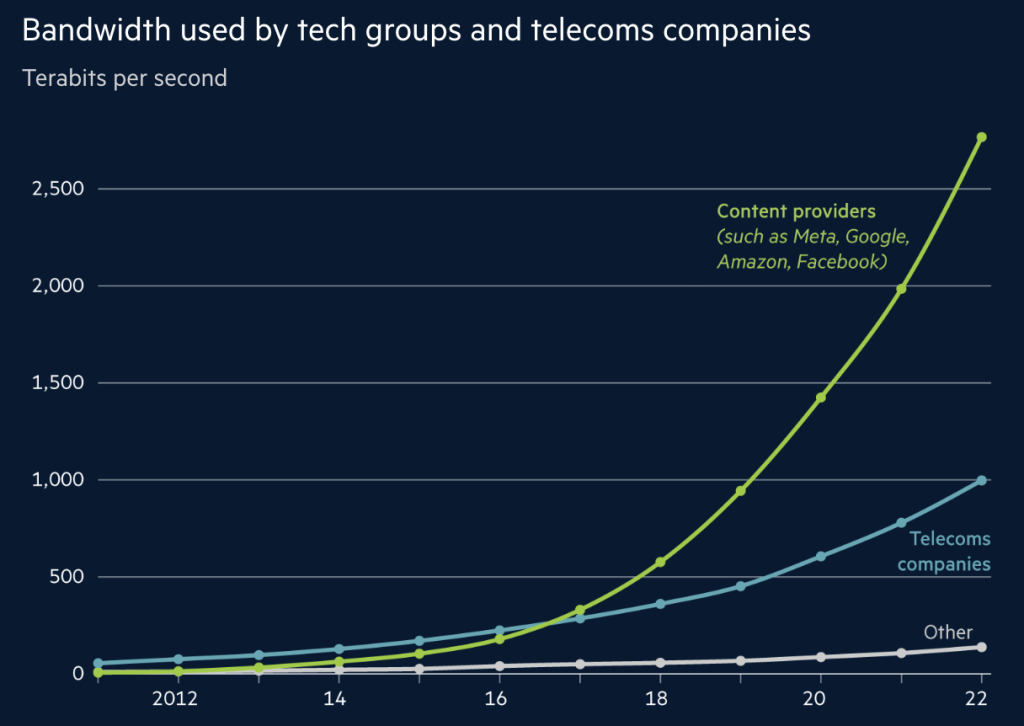
Figure 8: Share of bandwidth used by telecoms companies (FT)
This has allowed Silicon Valley behemoths to muscle in on the cable business. Since 2016, Google, Meta, and Microsoft have invested USD 2 billion in cables, 15 per cent of the global total, with another USD 4 billion projected over the next three years. The same companies account for two-thirds of global bandwidth use.[32] Thus, controlling their own infrastructure consolidates big tech firms’ hold on the industry.
The subaquatic chessboard
All this means that Chinese firms were effectively sidelined. By 2019, threats of American sanctions pushed Global Marine to divest from its Huawei joint venture.[33] Hengtong Group a Chinese company, took its place, rebranding the venture as HMN Tech.[34] But the damage had largely been done. Today, HMN Tech has only two projects in development. These are located in Southeast Asia, and set to come online by 2025.[35]
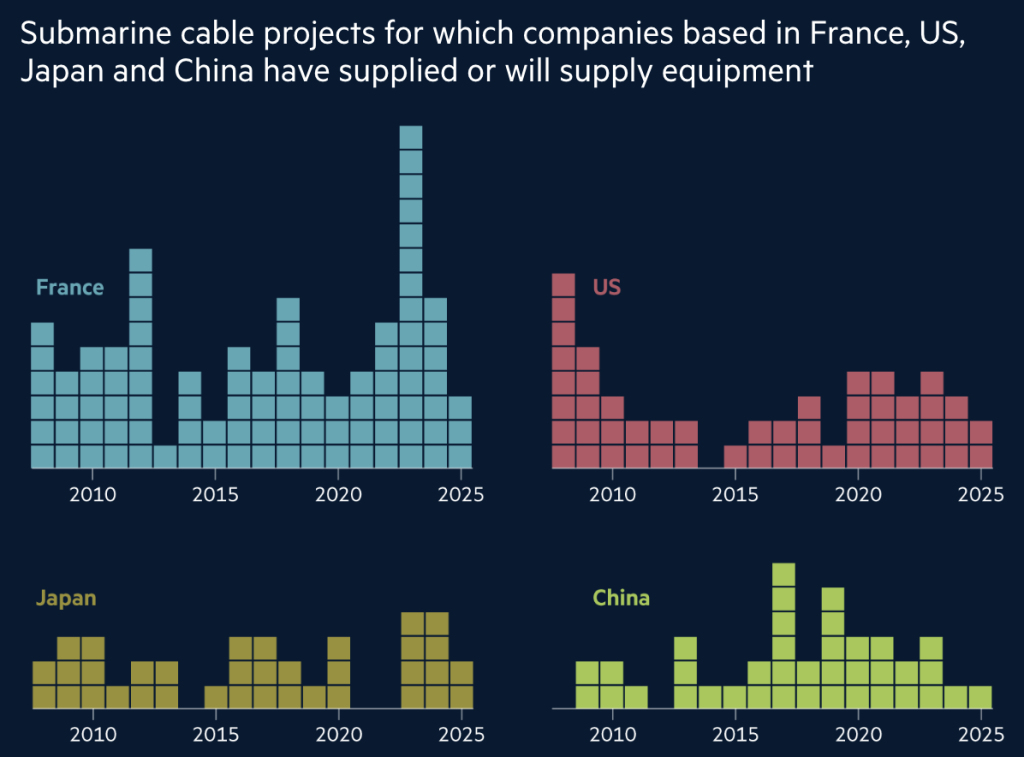
Figure 9: Submarine cable projects across time (FT)
Meanwhile, American, Japanese, and French cable projects are booming. American company SubCom accounts for 21 per cent of known existing and planned cable networks. French manufacturer ASN accounts for two-fifths. By contrast, HMN Tech accounts for only 10 per cent.[36]
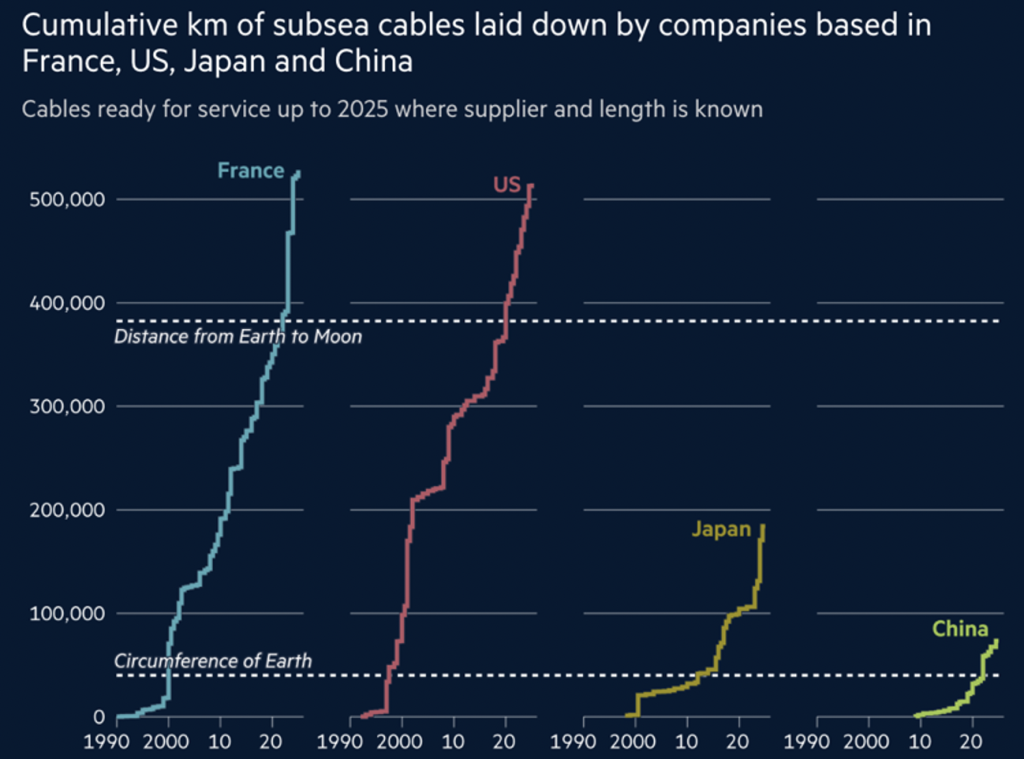
Figure 10: Length of cable laid down across time (FT)
But while strategic imperatives figure prominently in cable planning, this is less so in the maintenance business. Unplanned outages mean that repair work often falls into the lap of whomever is capable, available, and nearby. Therefore, Chinese businesses have kept a toehold in the maintenance industry, tending to the dense cable infrastructure in nearby seas. This includes American and Japanese lines. [37]
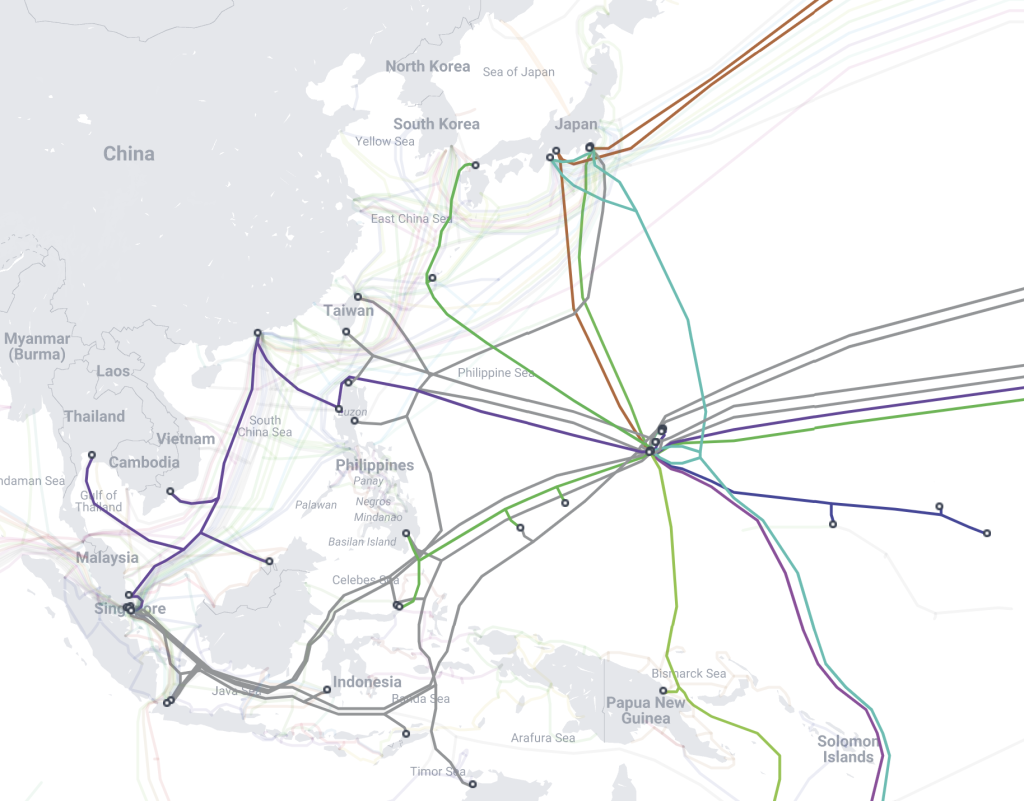
Figure 11: Cable infrastructure in the Western Pacific. Guam is a hotspot. (Source: TeleGeography)
Some analysts claim that this provides opportunities for tapping. In 2022, Chinese ships repaired cables operated by AT&T, Verizon, and Microsoft in the East China Sea. [38] The following May, Microsoft alleged with ‘moderate confidence’ that state-backed actors hacked into its telecoms infrastructure.[39] Beijing denied any link to the hackers.[40]

Figure 12: Pacific Light Cable (TeleGeography)
Partly for this reason, Washington has sought to prevent new cable connections with China. The ‘Clean Network Initiative’, founded in 2020, effectively prohibits direct links between the Chinese mainland and the United States.
This ban is enforced by ‘Team Telecom’, an inter-agency group that advises the Federal Communications Commission.[41] So far, it has cancelled four China-bound projects,[42] including Google and Facebook’s initial plan to connect their Pacific Light Cable to Hong Kong.[43] That cable now terminates in Taiwan and the Philippines.[44]
Another vetoed project was CAP-1, first proposed between Amazon, Meta, and China Mobile, running from California to Singapore, Malaysia, and Hong Kong. Following pressure from Washington, the Hong Kong link was abandoned. China Mobile subsequently pulled out. But even this did not save the cable, as Beijing’s initial involvement was sufficient to sink the entire project, along with a large portion of the 12 thousand-kilometre cable already built.[45]
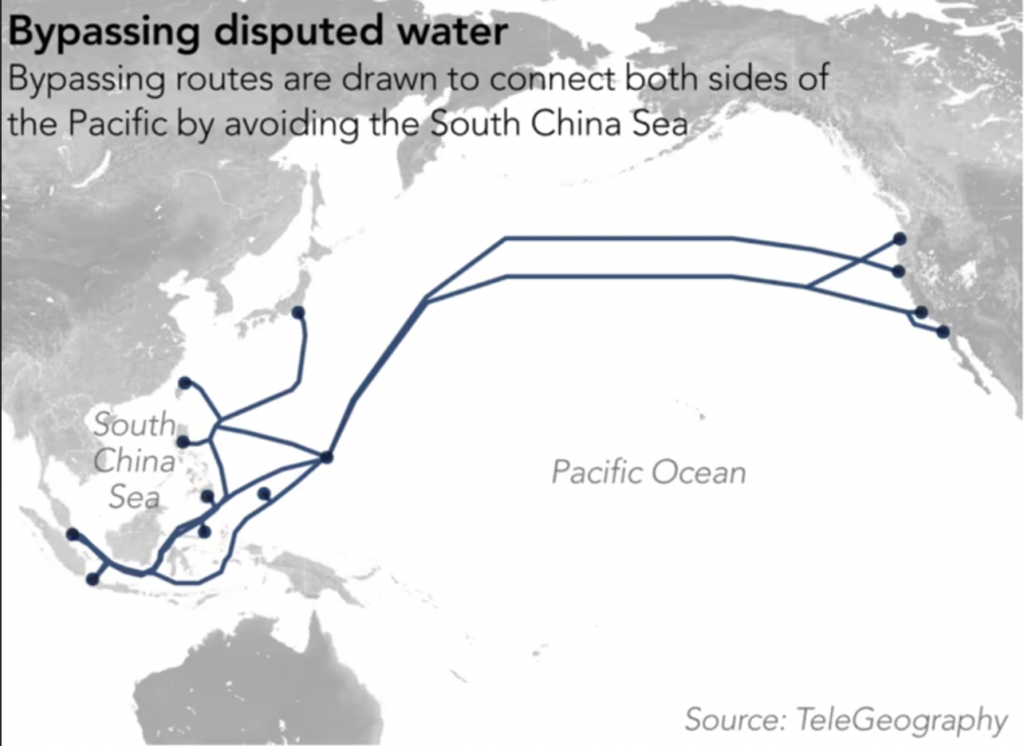
Figure 13: US-Asian cables. Note how they steer clear of the South China Sea.
China has responded with its own counter-espionage measures, insisting domestic companies take the lead in laying and repairing offshore cables. But mutual distrust has only hastened the global undersea network splitting into separate spheres of influence. For this reason, the Meta-backed Echo and Bifrost subsea cables, scheduled to open in 2024, bypass Chinese waters entirely. As does Apricot, a 12-thousand-kilometre project connecting to the Philippines and Indonesia, due for completion in 2025.[46]
Geopolitical factors are even more pronounced in the southwest Pacific. In 2021, the World Bank scrapped a cable project connecting Guam to Micronesia, Kiribati,[47] and Nauru.[48] Officially, this was because all bids were ‘non-compliant’ with the ‘required conditions’.[49] Australia and Japan had also expressed trepidation about the cable since HMN Tech was favoured to win the contract.[50]
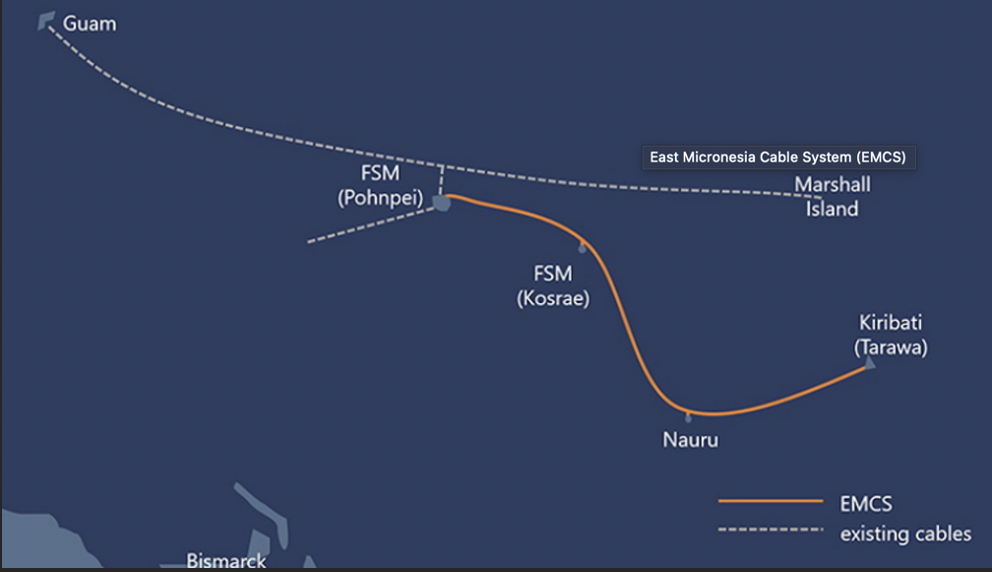
Figure 14: East Micronesia Cable. [51]
It emerged later that in 2020, the State Department contacted Micronesia, expressing disapproval of HMN Tech’s involvement. Thereafter, Washington, Tokyo, and Canberra announced they were funding a new cable along the same route.[52] By June 2023, the USD 95 million, 2250-kilometre project was underway.[53] In turn, this enhanced the status of Guam, a highly-militarised overseas US territory, as a major internet hub.[54]
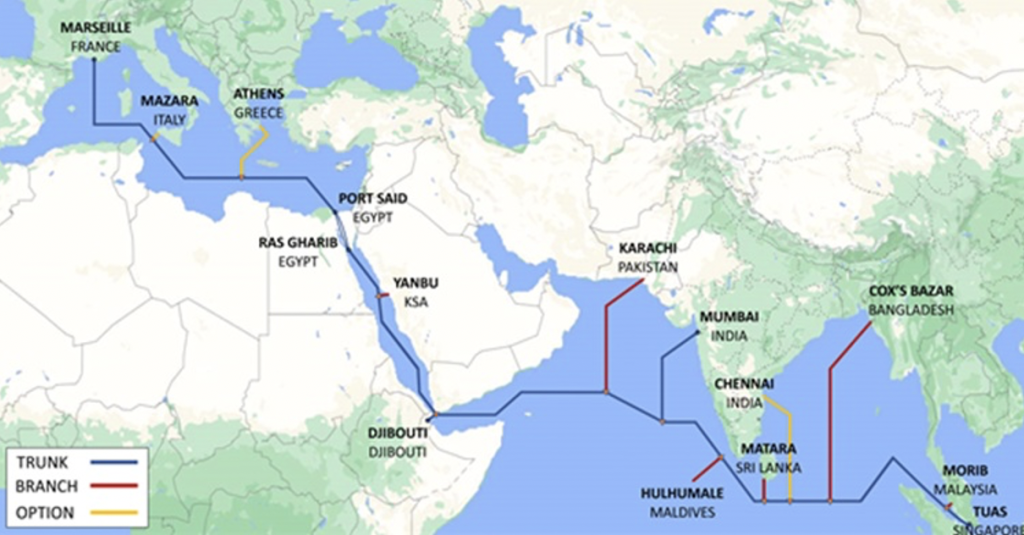
Figure 15: Sea-Me-We 6 cable.[55]
Competition also extends into the Indian Ocean. Here, a major friction points has been the Sea-Me-We 6 Cable, running from Singapore to Paris. Initially, HMN Tech was favoured to build it. The company’s bid was by far the most competitive. And at USD 500 million, it was only one-third of the asking price.[56] The project was expected to raise HMN Tech’s international prestige.[57]
Once more, though, Washington stepped in with carrots and sticks. The carrots included grants totaling USD 3.8 million for five telecom companies along the cable route. The sticks involved coded threats spelling out what would happen if HMN Tech was not swapped with an American contractor – words to the effect of ‘nice cable you have there, would be a shame if someone sanctioned it.’[58] Predictably, this resulted in an about-face. The project was handed to SubCom, a New Jersey firm with deep links to US intelligence.[59]
Undertow
SubCom itself started life in 1955 as a Cold War project to enhance American anti-submarine capabilities. Nowadays, it develops cables for companies like Google, Amazon, Microsoft, and Meta Platforms. Before the Trump-era crackdown, it also worked with Chinese tech firms. Strategically, however, its most important role is as the exclusive contractor for the US military, which it assists in monitoring the PLA Navy.[60]
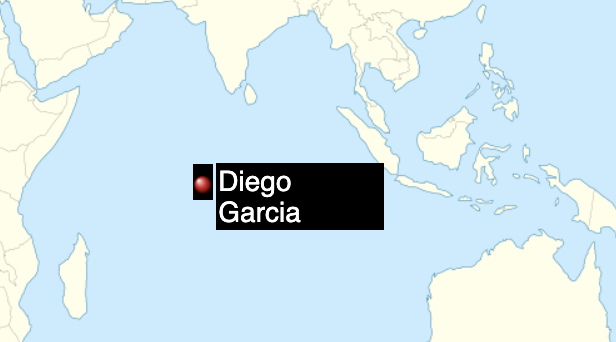
Figure 16: Location of Diego Garcia.
SubCom is owned by Cerberus Capital Management, a New York private equity firm headed by Stephen Feinberg, a billionaire donor who advised the Trump Administration on intelligence matters. These connections put it in pole position to lay a new cable to Diego Garcia – a British-administered atoll hosts a 3000-strong Anglo-American naval base,[61] and whose central location allows Washington to project power over vital sea lanes connecting West Asian oil producers with East Asian oil importers.
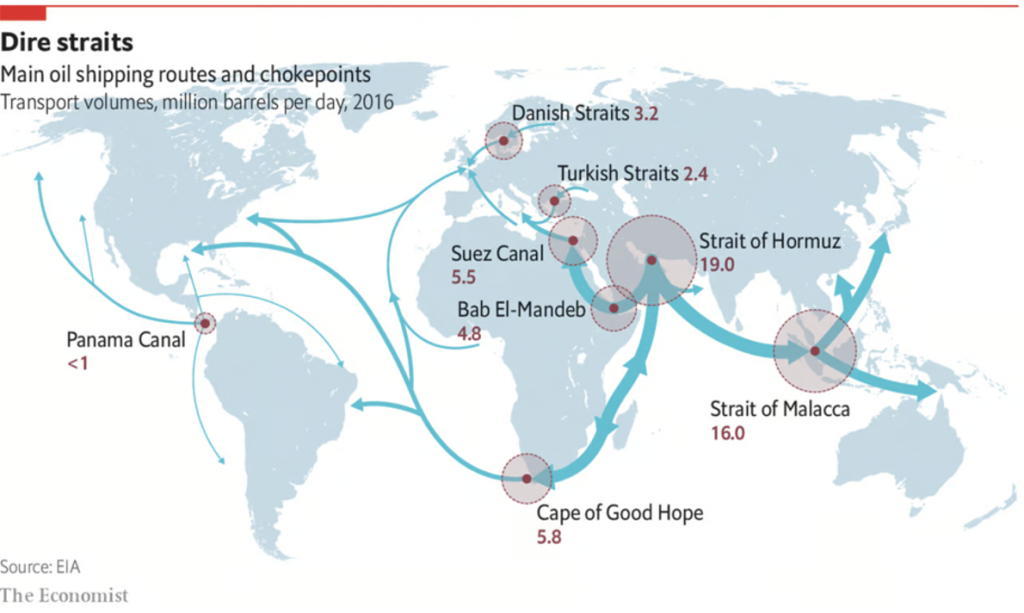
Figure 17: Major oil shipping routes. [62]
On a side note, the Anglo-American presence in Diego Garcia is controversial. In 1965, Britain stripped the Chagos Islands from its colonial Mauritius, granting it independence three years later and forcibly expelling the local Chagossian people. These actions were ruled unlawful in 2019 by the International Court of Justice.[63] Though initially unwilling, London has since negotiated with Mauritius on returning Diego Garcia, on the condition the British-American naval base remains.[64]
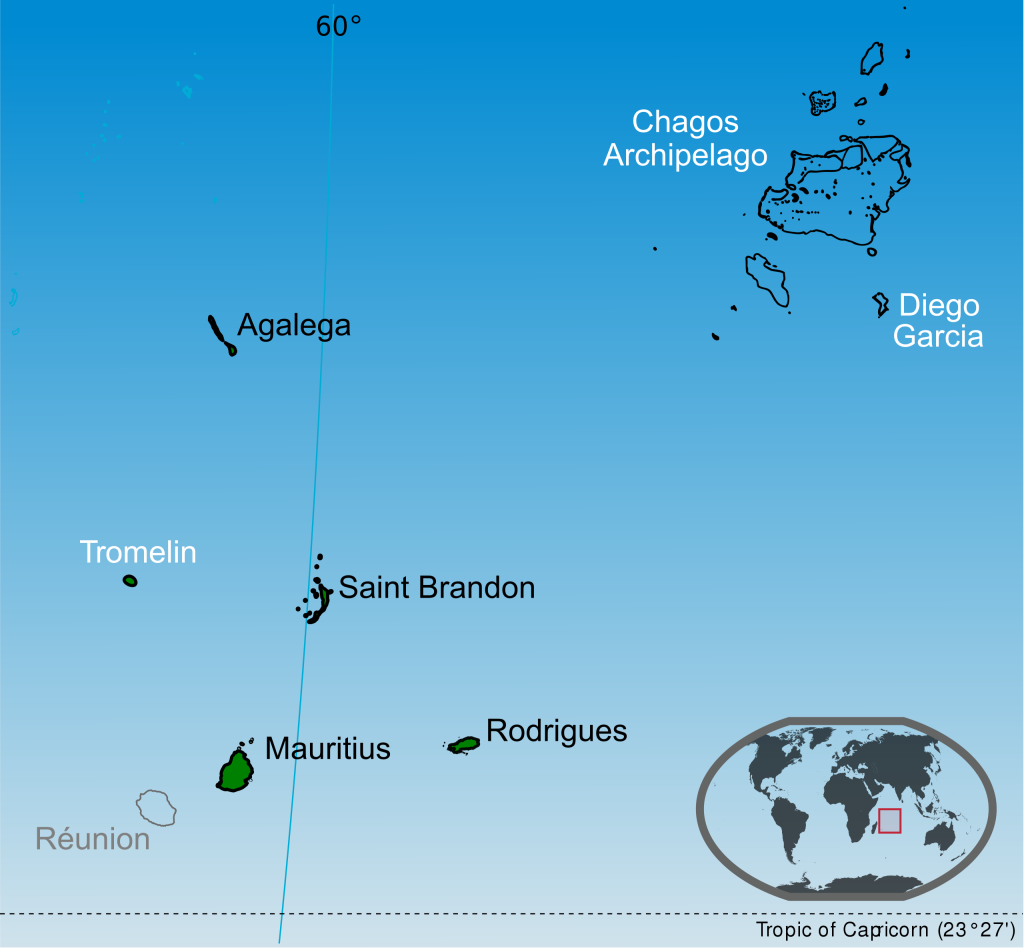
Figure 18: Location of Diego Garcia and Mauritius.
Nowadays, this naval value is enhanced by the atoll’s status as a data hub linking to Australia. SubCom’s cable to Diego Garcia represents a spur in a larger megaproject called the Oman Australia Cable. The 10-thousand-kilometre, USD 300 million line connecting Western Australia to the Middle East,[65] is headed by SUBCO, a Brisbane-based subsea cable investment company.[66]
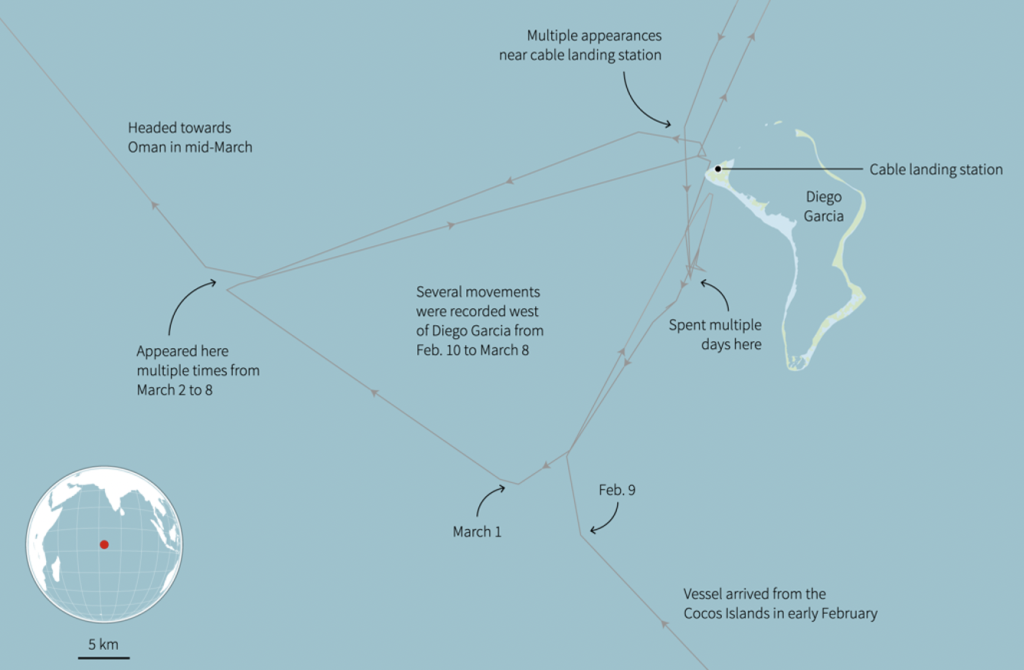
Figure 19: CS Dependable lays cable at Diego Garcia (Reuters).
Economically, the project running from Muscat to Perth, the world’s most isolated major city,[67] made little commercial sense. But its strategic value led the Pentagon to pay one-third of the startup costs to get it moving.[68]
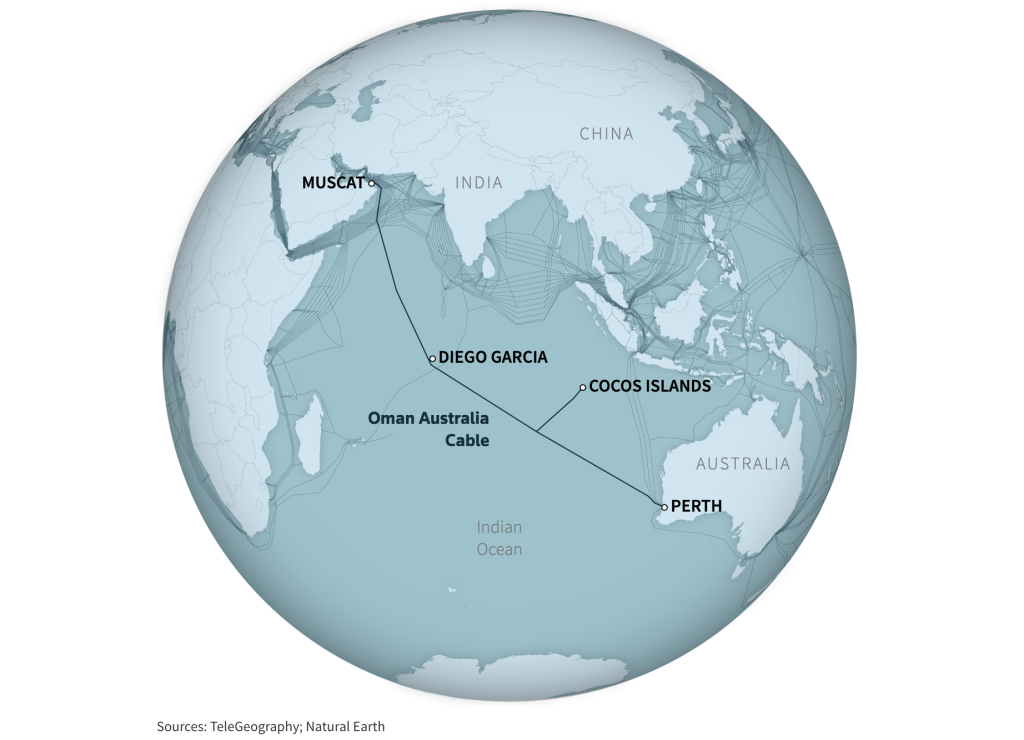
Figure 20: Oman Australia Cable (Reuters).
In this, the connections of SUBCO’s head, Bevan Slattery, to US intelligence came in handy. Slattery had made his bones building PIPE,[69] a cable connecting Sydney to Guam via Madang, Papua New Guinea.[70] In exchange for the Pentagon funding Oman Australia Cable, he agreed to create a spur to Diego Garcia, which had theretofore relied on slow satellite internet.[71]
For its part, Canberra also insisted the cable connect to Cocos Islands, where the Australian military is seeking parliamentary approval to upgrade the airfield. The goal is to increase its maritime surveillance capabilities,[72] and consolidate the AUKUS trio as the Five Eyes intelligence-sharing network’s effective core, though the plan has been plagued by cost blowouts.[73]
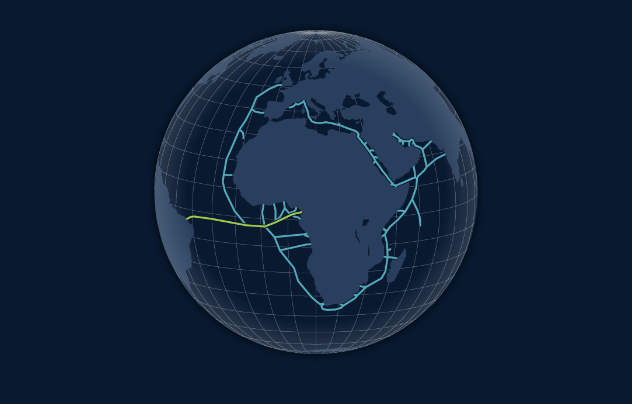
Figure 21: 2Africa (blue) and Sali (green) (FT).
Beijing’s activity in the region is more modest. Chinese investment in the Indian Ocean mostly pertains to cables predating the crackdown on its technology firms. China Mobile was instrumental in bringing about 2Africa, a cable connecting Africa to Europe. Meanwhile, China Unicom was a key investor in Sali, a 5800-kilometre cable connecting Brazil with Cameroon, which went live in 2020.[74]
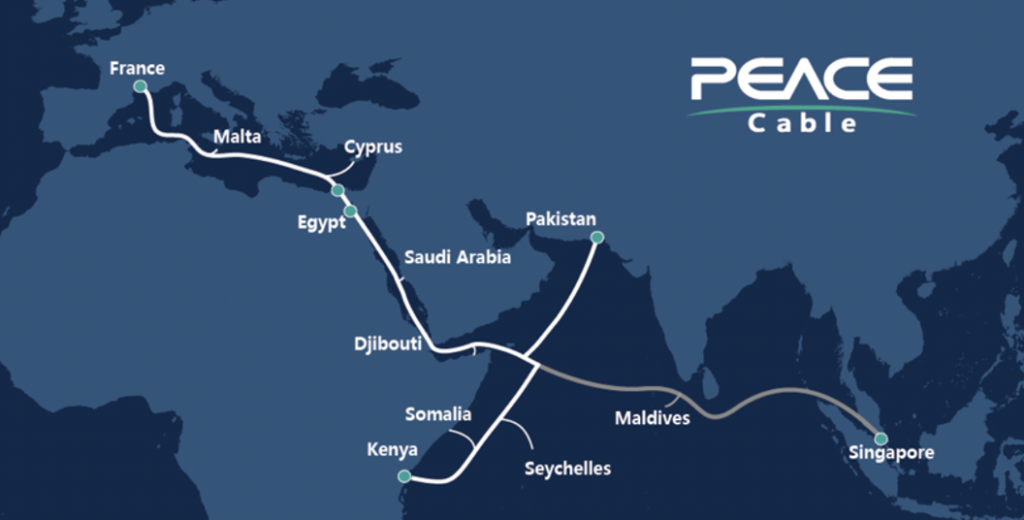
Figure 22: Peace Cable (Source: Submarine Cable Networks).
Recently, though, few Silk Road cables have reached the West. ‘Peace’ is a rare example of such a project. Going live in December 2022, the 12-thousand-kilometre line connects Singapore, Kenya, and Pakistan to France, crossing through Egypt and Malta.[75] In an increasingly hostile climate, France is perhaps the only Western country still prepared to work with China. For his part, French President Emmanuel Macron has struck a more conciliatory tone with Beijing, pushing back on plans to stretch Paris’s NATO commitments to the ‘Indo-Pacific’.[76]
Even so, security concerns will likely hasten the splitting of submarine cables into separate networks, corresponding with geopolitical alignment. This will also increase their appeal as military targets. Some states, like Ukraine, have already attempted to sidestep threats to their physical infrastructures via satellite internet.[77] But these measures cannot replace subsea cables.
Laying down the law
Such concerns are magnified by the fact it is nearly impossible to distinguish accidental cable damage from wilful interference. Worse, geopolitical hotspots, like the South China Sea, are commercial hubs with dense undersea infrastructures. Anchors and fishing nets regularly cause outages. As do natural phenomena like landslides and earthquakes, leaving ample scope for misunderstanding and miscalculation.[78]
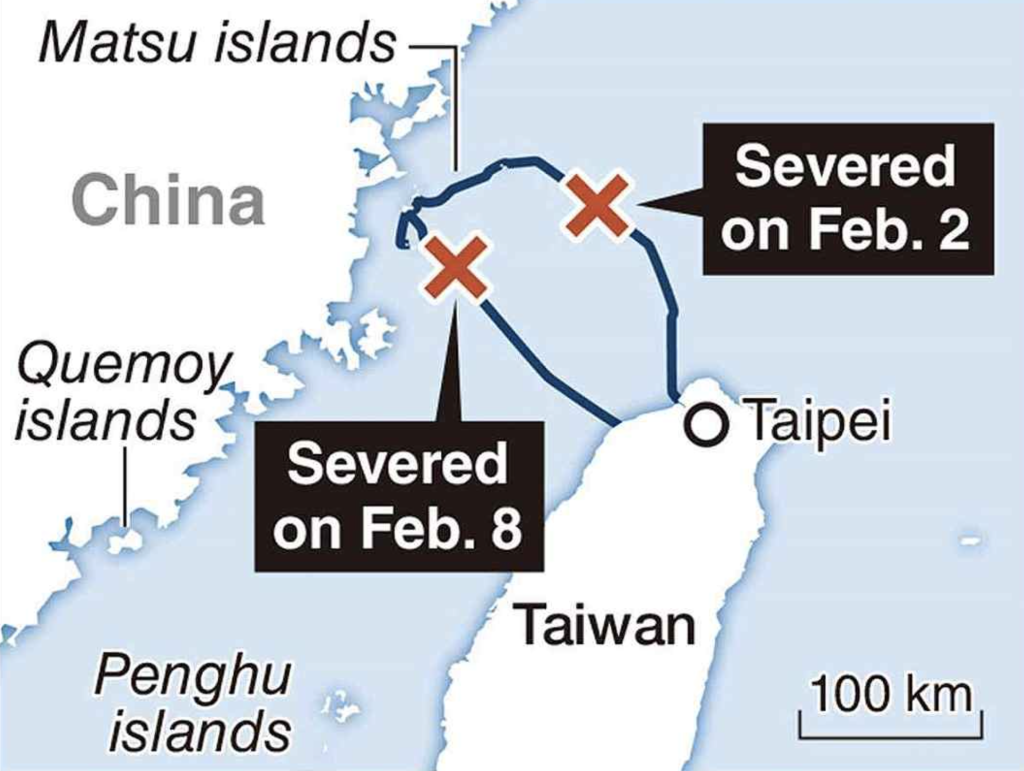
Figure 23: Cables between Taiwan and Matsu Islands. [79]
For instance, in early 2023, residents of the Taipei-administered Matsu Islands experienced an internet outage. Within a week, the two main cables connecting the islands to Taiwan were cut. Residents suspected Beijing. But they soon accepted that there was no direct evidence of Chinese involvement, much less intent.[80]
International law concerning cables is also underdeveloped. And while the US and China have tried and fill the gap with their own regulations, both their efforts have been lacking, albeit for different reasons.[81]
American laws are too old. The most recent American statute covering subsea cables is the Submarine Cable Act of 1888.[82] Breaking a cable attracts a USD 5000 fine and up to two years’ imprisonment. Meanwhile, negligently dropping anchors or fishing nets leads to a USD 500 fine and three months’ confinement,[83] scant deterrence for an act that generates repair bills of up to USD 3 million.[84]
Chinese law, meanwhile, is inconsistently enforced. Beijing imposes penalties based on the degree of interference. Intentional or negligent cable damage brings a USD 1400 fine. But operators can also be ordered to cease activity. Laying unauthorised cables also attracts a USD 28 thousand fine. But lax enforcement means China averages 26 annual cable faults, the most of any state. This has precipitated a recent crackdown on activities like sand mining, drilling, anchoring, and bottom trawling.[85] Ships suspected of breaking military cables have also been seized.[86]
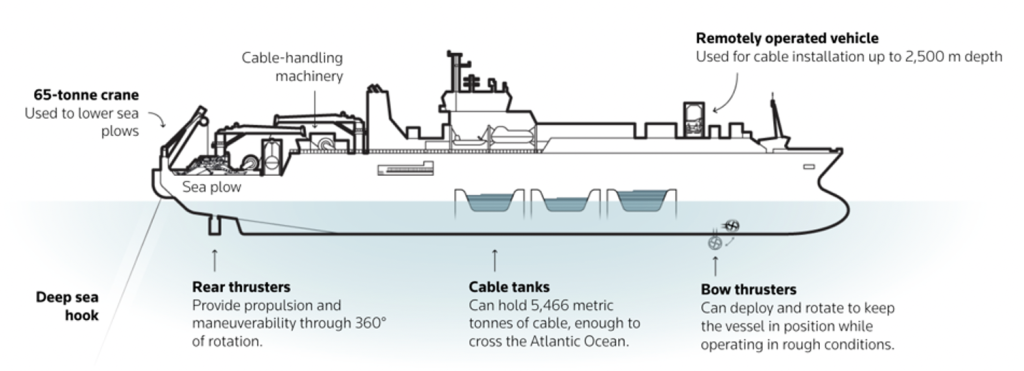
Figure 24: Cable-laying ship (Reuters).
China insists that the right to delineate cable routes across continental shelves rests with the coastal state. In practice, this means notifying the State Oceanic Administration,[87] and obtaining a letter of nonobjection from the PLA Navy, sometimes resulting in rerouting.[88] Only then can an operator apply for permission to land their cables on Chinese territory.[89] Thereafter, they must keep maritime authorities fully informed of their activities.[90]

Figure 25: Nine-Dash Line (China)/Eleven-Dash Line (Taiwan) (Radio Free Asia).
Yet, this stance will likely cause friction. Especially since Beijing argues that operators working within the nine-dash line, a purportedly historical claim to nearly the entire South China Sea, must seek its consent.[91] Both Beijing and Taipei claim Chinese sovereignty over the sea,[92] notwithstanding a 2016 judgment at the Permanent Court of Arbitration finding it unlawful.[93]
Washington’s permitting process is likewise complex. Operators seeking to work stateside must get permission from the FCC, the Committee for the Assessment of Foreign Participation in the United States, the Army Corps of Engineers, and possibly state and local authorities. This red tape can delay approval by two years,[94] a timespan that will only increase if a new bill restricting American cable technology-sharing becomes law.[95]
But laws are like hearts – made to be broken. And by issuing strict permitting requirements, both Beijing and Washington run afoul of the UN Convention on the Law of the Sea (UNCLOS).[96] China has ratified the convention. And the US observes it as customary international law.[97]
Both countries’ permitting requirements contravene UNCLOS Article 58.[98] Moreover, Article 79 grants states the right to set coastal pipeline routes. But this right does not extend to cables,[99] presumably since ruptured pipelines cause environmental damage, unlike cables. Chinese law on this issue is therefore out-of-step with UNCLOS.
Finally, Washington’s lax domestic laws also likely breach UNCLOS Article 113,[100] mandating states adopt new laws criminalising wilful or negligent cable damage.[101]
But while it is easy to chalk up these legal manoeuvres to power politics, there are genuine shortfalls in the UNCLOS framework. Protections for subsea cables are lacking. The Convention does not criminalise attacks on cables in international waters. Nor does it oblige states to protect cables in their territorial seas.[102] Addressing these concerns is thus necessary to avoid a situation where every state writes their own rules.
Subsea cables are the world’s information pipelines. And as such, they are becoming a major front in the new Cold War between China and the US. Infrastructures laid today are consolidating the power blocs of tomorrow, with implications for commerce, strategic policy, and international law. While the West retains the lead for now, China’s growing stature and the rise of South-South cooperation, via BRICS and other fora, could open up new axes of collaboration. Whatever happens, promoting and protecting cable projects is now a geopolitical imperative. Because while control of resources has long been a flashpoint for war, nowadays, the battle is over the most valuable commodity of all – information.[103]
[1] Qiu, Winston, ‘Cable landing stations in Marseille’, Submarine Cable Networks (1 March 2021) https://www.submarinenetworks.com/en/stations/europe/france/cable-landing-stations-in-marseille.
[2] In the case of the AAE-1 cable. See Submarine Cable Networks ‘AAE-1’ (archived 5 June 2023) https://web.archive.org/web/20230605192150/https://www.submarinenetworks.com/zh/systems/asia-europe-africa/aae-1.
[3] As in the case of 2Africa. See Qiu, Winston, ‘2Africa: a transformative subsea cable for future internet connectivity in Africa’, Submarine Cable Networks (15 May 2020) https://www.submarinenetworks.com/en/systems/asia-europe-africa/2africa/2africa-a-transformative-subsea-cable-for-future-internet-connectivity-in-africa.
[4] Gross, Anna, Alexandra Heal, Chris Campbell, Dan Clark, Ian Bolt, and Irene de la Torre Arenas, ‘How the US is pushing China out of the internet’s plumbing’, Financial Times (15 June 2023) https://archive.md/sOYfi.
[5] NASA, ‘Our sun – in depth’ (webpage, updated 15 October 2021) https://solarsystem.nasa.gov/solar-system/sun/in-depth/.
[6] Yuen Yee, William, ‘Laying down the law under the sea: Analysing the US and Chinese submarine cable governance regimes’, Jamestown Foundation (report, 4 August 2023) https://jamestown.org/program/laying-down-the-law-under-the-sea-analyzing-the-us-and-chinese-submarine-cable-governance-regimes/.
[7] Telegeography, ‘Submarine cable map’ (map, accessed 16 August 2023) https://www.submarinecablemap.com/.
[8] Interpolated from Michael Corleone, The Godfather (1972). Mafia speak for an offer obtained through coercion.
[9] Since independence, Solomon Islands does not have the definite article ‘the’ in front of it. Use of the definite article is considered improper, as in the case of Ukraine (i.e. ‘the Ukraine’ is considered improper). Nick Warner was the head of ASIS, Australia’s foreign intelligence agency, which forms part of the Department of Foreign Affairs and Trade (DFAT). Before this, he was the head of RAMSI.
[10] Wainwright, Elsina, ‘Our failing neighbour – Australia and the future of Solomon Islands’, Australian Strategic Policy Institute (10 June 2003) https://www.aspi.org.au/report/our-failing-neighbour-australia-and-future-solomon-islands.
This echoed the rhetoric of the Bush Doctrine. See Bush, George W. (President, United States) ‘National Security Strategy’, National Security Council (release, 17 September 2002) https://georgewbush-whitehouse.archives.gov/nsc/nssall.html.
From the text: ‘America is now threatened less by conquering states than we are by failing ones.’ This was the rationale used to justify the invasion and occupation of Afghanistan.
[11] Regional Assistance Mission to Solomon Islands, ‘About RAMSI’ (page, accessed 16 August 2023) https://www.ramsi.org/about/.
[12] Huawei, ‘Huawei Marine signs submarine cable contract in Solomon Islands’ (release, 7 July 2017) https://www.huawei.com/en/news/2017/7/huaweimarine-submarine-cable-solomon.
[13] The Asian Development Bank was established in 1966, at the height of the Vietnam War. Its main contributors are the United States, Japan, and Australia. These states exercise a determinative control over its policy. China later established a competing institution, the Asian Infrastructure Investment Bank in 2015, due to Washington’s refusal to grant it more voting weight at the ADB, IMF, and World Bank.
[14] Solomon Times, ‘Huawei contracted to install fibre optic cable’ (16 January 2017) https://www.solomontimes.com/news/huawei-contracted-to-install-fibre-optic-cable/8677.
[15] Fernandes, Clinton, Island off the Coast of Asia (Melbourne University Publishing, 2018) 210-11.
[16] Both Sogovare and Huawei strenuously denied the allegations. See Huawei Technologies, ‘Statement on Solomon Islands undersea cable’ (release, 21 August 2017) https://www.huawei.com/au/news/au/2017/statement-on-solomon-islands-undersea-cable.
[17] Zongyuan Zoe Liu, ‘What the China-Solomon Islands pact means for the U.S. and South Pacific’, Council on Foreign Relations (4 May 2022) https://www.cfr.org/in-brief/china-solomon-islands-security-pact-us-south-pacific.
[18] Fernandes.
[19] Wroe, David, ‘Australia takes over Solomon Islands internet cable amid spies’ concerns about China’, Sydney Morning Herald (25 January 2018) https://archive.is/20220814101318/https://www.smh.com.au/politics/federal/australia-takes-over-solomon-islands-internet-cable-amid-spies-concerns-about-china-20180125-h0o7yq.html#selection-2527.0-2527.84.
See also Smyth, Jamie, ‘Huawei’s undersea cable project raises red flag in Australia’, Financial Times (28 December 2017) https://archive.is/20190315024121/https://www.ft.com/content/96513f58-d959-11e7-a039-c64b1c09b482.
[20] Telegeography, ‘Submarine cable 101’ (webpage, accessed 17 August 2023) https://www2.telegeography.com/submarine-cable-faqs-frequently-asked-questions.
[21] Gross et al.
[22] Justin Sherman of the Atlantic Council, quoted in Joe Brock, ‘U.S. and China wage war beneath the waves – over internet cables’, Reuters (24 March 2023) https://archive.is/SsHVp.
[23] Gross et al.
[24] Huawei Technologies, ‘Who owns Huawei?’ (webpage, accessed 22 August 2023) https://www.huawei.com/ke/facts/question-answer/who-owns-huawei.
[25] Yap, Chuin-Wei, ‘State support helped fuel Huawei’s global rise’, Wall Street Journal (25 December 2019) https://archive.is/20191231072840/https://www.wsj.com/articles/state-support-helped-fuel-huaweis-global-rise-11577280736#selection-1975.0-1975.13.
[26] Brock (24/3/23).
[27] Gross et al.
[28] Wilen, John, ‘Going deep for subsea cable investment returns’, ION Analytics (blog, 25 May 2022) https://community.ionanalytics.com/going-deep-for-subsea-cable-investment-returns.
[29] Typically ten to twenty-five years, sometimes longer. See Sima et al., ‘Deliverable D3.2v3: Economic analysis, dark fibre usage cost model and model of operations’, Porta Optica (report, 24 October 2007) 15-16. [PDF]: https://web.archive.org/web/20120311083438/http://www.porta-optica.org/publications/POS-D3.2_Economical_analysis.pdf.
[30] Atkinson, Martin, and Nick Portch, ‘New subsea cables make the Mediterranean a global digital crossroads’, Equinix (blog, 12 April 2023) https://blog.equinix.com/blog/2023/04/12/new-subsea-cables-make-the-mediterranean-a-global-digital-crossroads/.
[31] Economic rent is income without a corresponding cost of production. These are sometimes referred to as ‘tollbooth charges’ to illustrate that they are related to control over an economic chokepoint, often a natural monopoly, rather than productive activity. As such, control over rent-yielding assets is highly sought after. Examples include land rent, natural resource rent, tollbooths, intellectual property, bank fees, and so on.
[32] Gross et al.
[33] Qiu, Winston, ‘Global Marine Group fully divests stake in Huawei Marine Networks’, Submarine Cable Networks (post, 6 June 2020) https://www.submarinenetworks.com/en/vendors/hmn-tech/global-marine-completes-sale-of-30-stake-in-huawei-marine-networks-for-85-million.
[34] HMN Tech, ‘Huawei Marine Networks rebrands as HMN Technologies’ (release, 3 November 2020) https://archive.md/5ahYu#selection-451.21-451.72.
[35] Gross et al.
[36] Ibid.
[37] Ibid.
[38] Ibid.
[39] Microsoft Threat Intelligence, ‘Volt Typhoon targets US critical infrastructure with living-off-the-land techniques’ (blog, 24 May 2023) https://www.microsoft.com/en-us/security/blog/2023/05/24/volt-typhoon-targets-us-critical-infrastructure-with-living-off-the-land-techniques.
[40] Satter, Raphael, and James Pearson, ‘Factbox: What is Volt Typhoon, the alleged China-backed hacking group?’, Reuters (25 May 2023) https://archive.is/20230525211718/https://www.reuters.com/technology/what-is-volt-typhoon-alleged-china-backed-hacking-group-2023-05-25/#selection-431.0-431.70.
[41] Gross et al.
[42] Brock (24/3/23).
[43] Department of Justice (United States) ‘Team Telecom recommends that the FCC deny Pacific Light Cable network system’s Hong Kong undersea cable connection to the United States’ (press release, 17 June 2020) https://www.justice.gov/opa/pr/team-telecom-recommends-fcc-deny-pacific-light-cable-network-system-s-hong-kong-undersea.
[44] Qiu, Winston, ‘FCC approves licenses for PLCN’, Submarine Cable Networks (13 February 2022) https://www.submarinenetworks.com/en/systems/trans-pacific/plcn/fcc-approves-license-for-plcn.
[45] Gross et al.
[46] Yuen Yee.
[47] Pronounced ‘Kiri-bahss’.
[48] The World Bank is generally seen as an American-led institution. The US stake of 15.8 per cent is enough to exercise the sole veto power over substantive decisions. Every single World Bank president since its inception has been an American citizen. And its headquarters are located in Washington D.C., about 400 metres from the White House.
[49] Quoted in Yuen Yee.
[50] Nikkei Asia, ‘Bids by Chinese and other companies for Pacific cable no longer valid’ (18 March 2021) https://archive.is/20210318113124/https://asia.nikkei.com/Politics/International-relations/Bids-by-Chinese-and-other-companies-for-Pacific-cable-no-longer-valid#selection-3577.0-3577.69.
[51] Qiu, Winston, ‘Japan, Australia, US to fund East Micronesia Cable System (EMCS)’, Submarine Cable Networks (post, 9 June 2023) https://www.submarinenetworks.com/en/systems/trans-pacific/emcs/japan-australia-us-to-fund-east-micronesia-cable-system-emcs.
[52] Yuen Yee.
[53] Department of State (United States) ‘Work to start on East Micronesia Cable following contract signing’ (media note, 6 June 2023) https://www.state.gov/work-to-start-on-east-micronesia-cable-following-contract-signing/.
[54] Gross et al. This can be seen in the map of cables running through Guam.
[55] Submarine Cable Networks, ‘Sea-Me-We 6’ (webpage, accessed 20 August 2023) https://www.submarinenetworks.com/en/systems/asia-europe-africa/smw6.
[56] Schochet, Nathaniel, and Earl Carr, ‘Navigating the China-US subsea cable competition’, The Diplomat (12 August 2023) https://archive.is/FB3Dc.
[57] Brock (24/3/23).
[58] Brock (24/3/23).
From the article: ‘American diplomats cautioned participating foreign telecom carriers that Washington planned to impose crippling sanctions on HMN Tech, a development that could put their investment in the cable project at risk.’
[59] Brock, Joe, ‘Inside the subsea cable firm secretly helping America take on China’, Reuters (6 July 2023) https://www.reuters.com/investigates/special-report/us-china-tech-subcom/.
[60] Ibid.
[61] Ibid.
[62] Economist, ‘US-Iran tensions threaten the world’s most important oil-shipping route’ (21 June 2019) https://www.economist.com/graphic-detail/2019/06/21/us-iran-tensions-threaten-the-worlds-most-important-oil-shipping-route.
[63] Legal Consequences of the Separation of the Chagos from Mauritius in 1965 ICJ (opinion, 25 February 2019). Summary: https://www.icj-cij.org/case/169.
[64] Wintour, Patrick, ‘UK agrees to negotiate with Mauritius over handover of Chagos Islands’, Guardian (4 November 2022) https://www.theguardian.com/world/2022/nov/03/uk-agrees-to-negotiate-with-mauritius-over-handover-of-chagos-islands.
[65] Ibid.
[66] Brock (6/7/23).
[67] Perth is more than 2000 kilometres from Adelaide, the closest major city. Honolulu, Hawaii, is actually more isolated than Perth. But Perth’s population of 2 million is far larger than Honolulu’s population of 350,000. This is why Perth is usually considered the most isolated major city.
[68] Brock (6/7/23).
[69] Submarine Cable Networks, ‘PPC-1 Cable system overview’ (webpage, 6 June 2011) https://www.submarinenetworks.com/systems/australia-usa/ppc-1/ppc-1-cable-system.
[70] Redrup, Yolanda, ‘Meet Megaport’s Bevan Slattery, Australia’s unknown tech success story’, Australian Financial Review (14 January 2016) https://archive.is/20230808022344/https://www.afr.com/markets/equity-markets/meet-megaports-bevan-slattery-australias-unknown-tech-success-story-20160112-gm3xii#selection-1853.0-1853.70.
[71] Brock (6/7/23).
[72] Ibid.
[73] Angeloni, Alice, ‘$384m cost blowout on ADF plan to upgrade airstrip, boost military presence on Cocos (Keeling) Islands’, ABC News (16 January 2023) https://www.abc.net.au/news/2023-01-16/adf-cocos-keeling-islands-384m-runway-cost-blowout-delay/101854906.
[74] Gross et al.
[75] Qiu, Winston, ‘PEACE Cable System goes live’, Submarine Cable Networks (24 December 2022) https://www.submarinenetworks.com/en/systems/asia-europe-africa/peace/peace-cable-system-goes-live.
[76] Lau, Stuart, and Laura Kayali, ‘Macron blocks NATO outpost in Japan amid Chinese complaints’, Politico (7 July 2023) https://www.politico.eu/article/emmanuel-macron-block-nato-outpost-japan-china-complaints/.
[77] Miller, Christopher, Mark Scott, and Bryan Bender, ‘UkraineX: How Elon Musk’s space satellites changed the war on the ground’, Politico (8 June 2022) https://archive.is/lFH16.
[78] Snarski, Lucas, ‘The weakest link: Securing critical undersea infrastructure in ASEAN’, The Diplomat (23 June 2023) https://thediplomat.com/2023/06/the-weakest-link-securing-critical-undersea-infrastructure-in-asean/.
[79] Suzuki, Takahiro, ‘Taiwan fears isolation if undersea cables to main island cut’, Japan News (9 March 2023) https://japannews.yomiuri.co.jp/world/asia-pacific/20230309-95876/.
[80] Wu, Huizhong, and Johnson Lai, ‘Taiwan suspects Chinese ships cut islands’ internet cables’, Associated Press (8 May 2023) https://archive.is/LAjI8.
[81] Yuen Yee.
[82] Ibid.
[83] 47 USC ch 2 § 21-25. Text: https://uscode.house.gov/view.xhtml?path=/prelim@title47/chapter2&edition=prelim#:~:text=Any%20person%20who%20by%20culpable,or%20to%20a%20fine%20not.
[84] Veverka, Dean, ‘Under the sea’, International Cable Protection Committee (report, accessed 14 August 2023) [PDF]: https://www.iscpc.org/documents/?id=201.
[85] Yuen Yee.
[86] China Coast Guard, ‘China Coast Guard holds interview on maritime law enforcement’ (transcript, 15 November 2021) http://www.ccg.gov.cn/mhenu/2021/news_release_1115/33.html.
[87] Yuen Yee.
[88] Suruga, Tsubasa, ‘Asia’s internet cable projects delayed by South China Sea tensions’, Nikkei Asia (19 May 2023) https://archive.is/20230519001306/https://asia.nikkei.com/Business/Business-Spotlight/Asia-s-internet-cable-projects-delayed-by-South-China-Sea-tensions#selection-2711.0-2711.66.
[89] Yuen Yee.
[90] Maritime Safety Administration (China) ‘Reporting requirements for vessels of foreign nationality entering the territorial sea of the People’s Republic of China’ (notice, 27 August 2021, effective 1 September 2021) https://baijiahao.baidu.com/s?id=1709387627023854919&wfr=spider&for=pc.
[91] Suruga.
[92] I-wei Jennifer Chang, ‘Taiwan’s delicate balancing act in the South China Sea’, Global Taiwan Institute (15 July 2020) https://globaltaiwan.org/2020/07/taiwans-delicate-balancing-act-in-the-south-china-sea/.
For the slight differences between Beijing and Taipei’s claim, see Wei Pu, ‘How the Eleven-Dash Line became a Nine-Dash Line and other stories’, Radio Free Asia (16 July 2015) https://www.rfa.org/english/commentaries/line-07162015121333.html.
Taipei’s claim is actually more extensive since it includes Bailongwei island, which Beijing ceded to Hanoi in 1957. That is the main difference between China’s ‘Nine-Dash Line’ and Taiwan’s ‘Eleven-Dash Line’.
[93] Philippines v China (2016) PCA no. 2013-19.
The Permanent Court of Arbitration is separate from the International Court of Justice, though it is housed in the same building. It is more of a tribunal than a proper court.
[94] Yuen Yee.
[95] Undersea Cable Control Bill 2023 (US). Text: https://www.congress.gov/bill/118th-congress/house-bill/1189/text.
[96] Yuen Yee.
[97] Kritenbrink, Daniel (United States Ambassador to Vietnam) ‘The United States’s commitment and international law in the South China Sea’ (release, 21 July 2020) https://web.archive.org/web/20230326224219/https://vn.usembassy.gov/the-united-statess-commitment-and-international-law-in-the-south-china-sea/.
[98] Article 58(1) of the United Nations Convention on the Law of the Sea (‘UNCLOS‘) states that in all Exclusive Economic Zones, ‘all States, whether coastal or land-locked, enjoy, subject to the relevant provisions of this Convention, the freedoms referred to in article 87 of navigation and overflight and of the laying of submarine cables and pipelines, and other internationally lawful uses of the sea related to these freedoms…’.
[99] art 79(3) UNCLOS. The relevant provisions states that ‘The delineation of the course for the laying of such pipelines on the continental shelf is subject to the consent of the coastal State.’
[100] Yuen Yee.
[101] art 113 UNCLOS.
[102] Yuen Yee.
[103] Quote by Gordon Gekko, Wall Street (1987) https://youtu.be/n5iwjFSpUw8?si=OBL2CWaLqMj1DS_1.
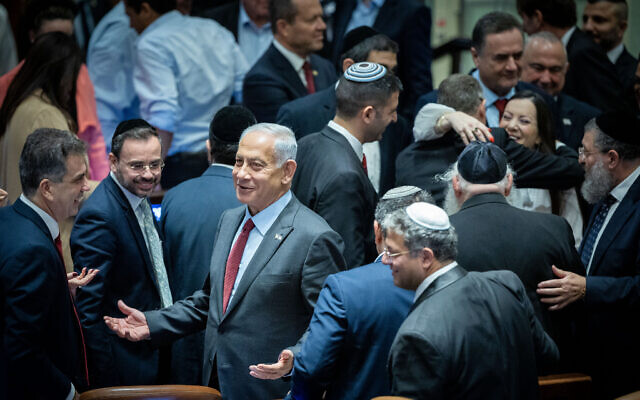


Thanks for sharing. I read many of your blog posts, cool, your blog is very good.